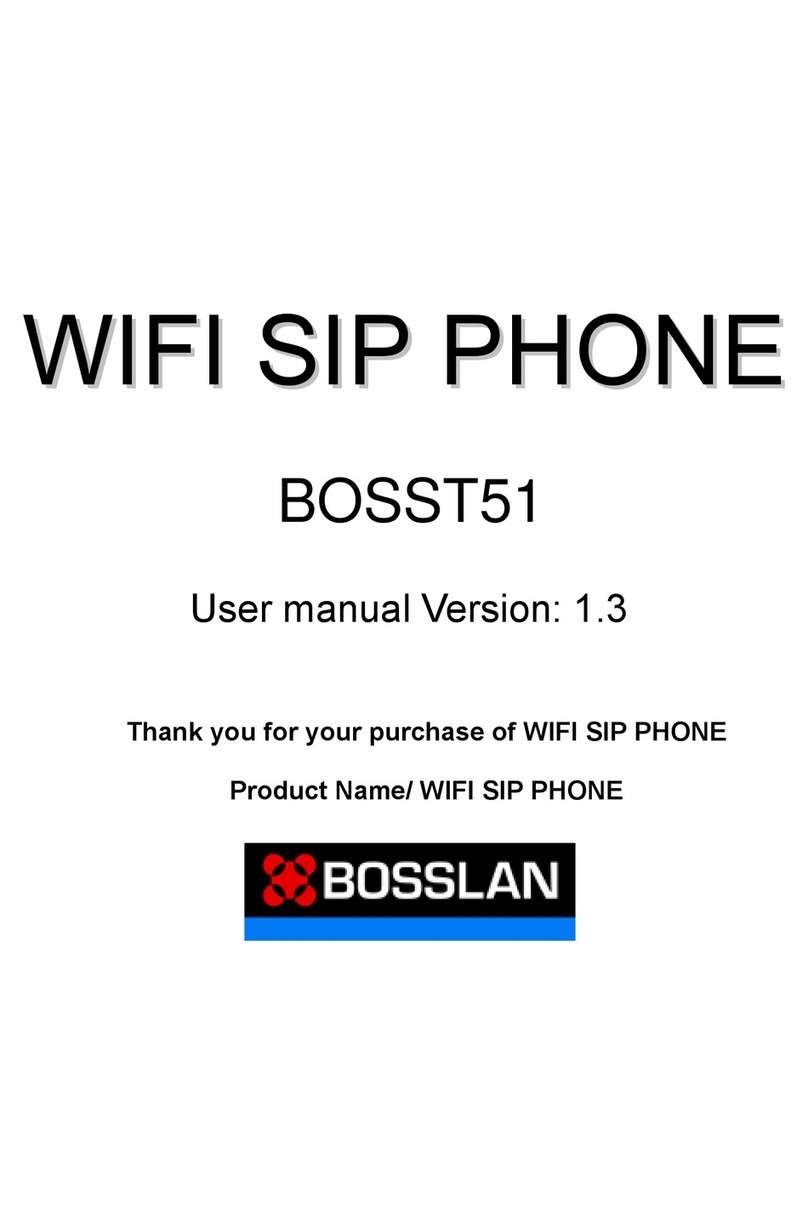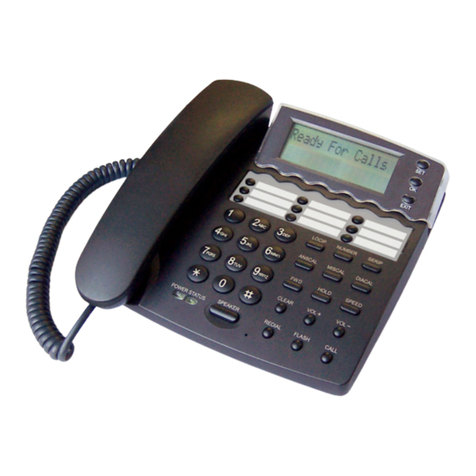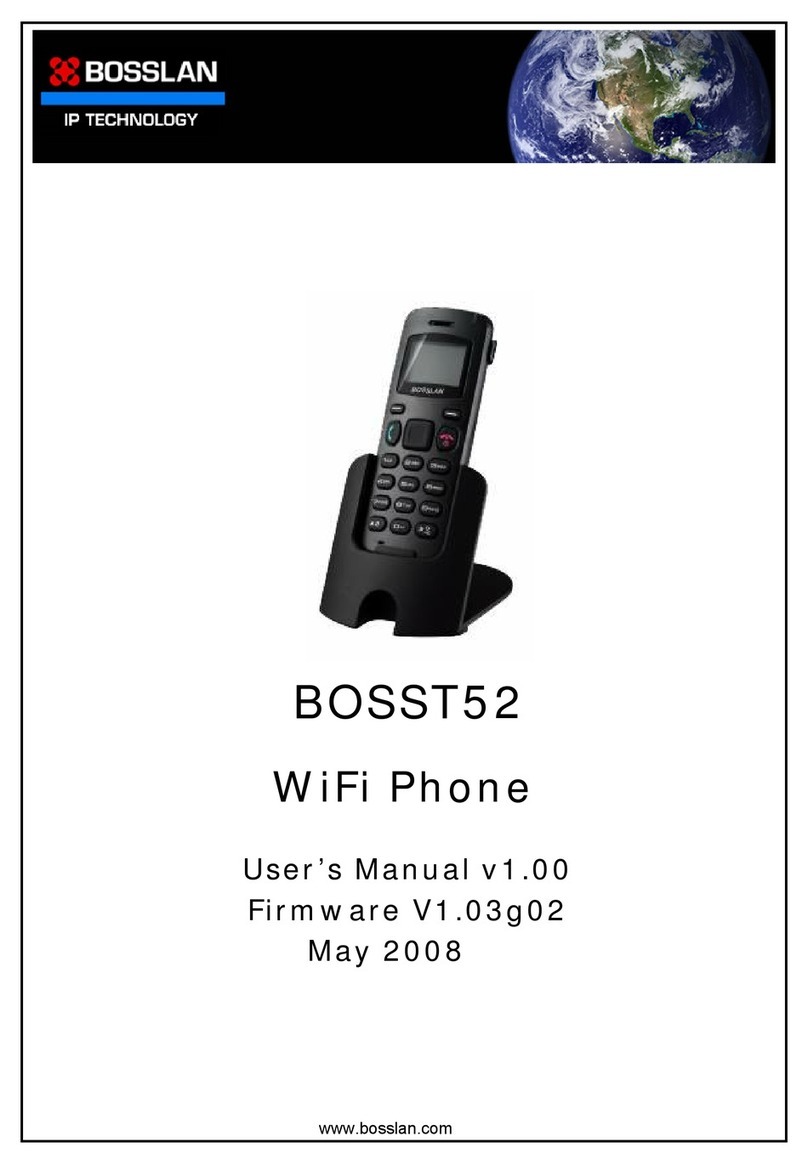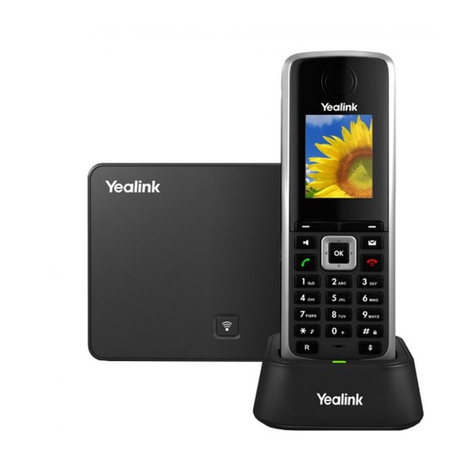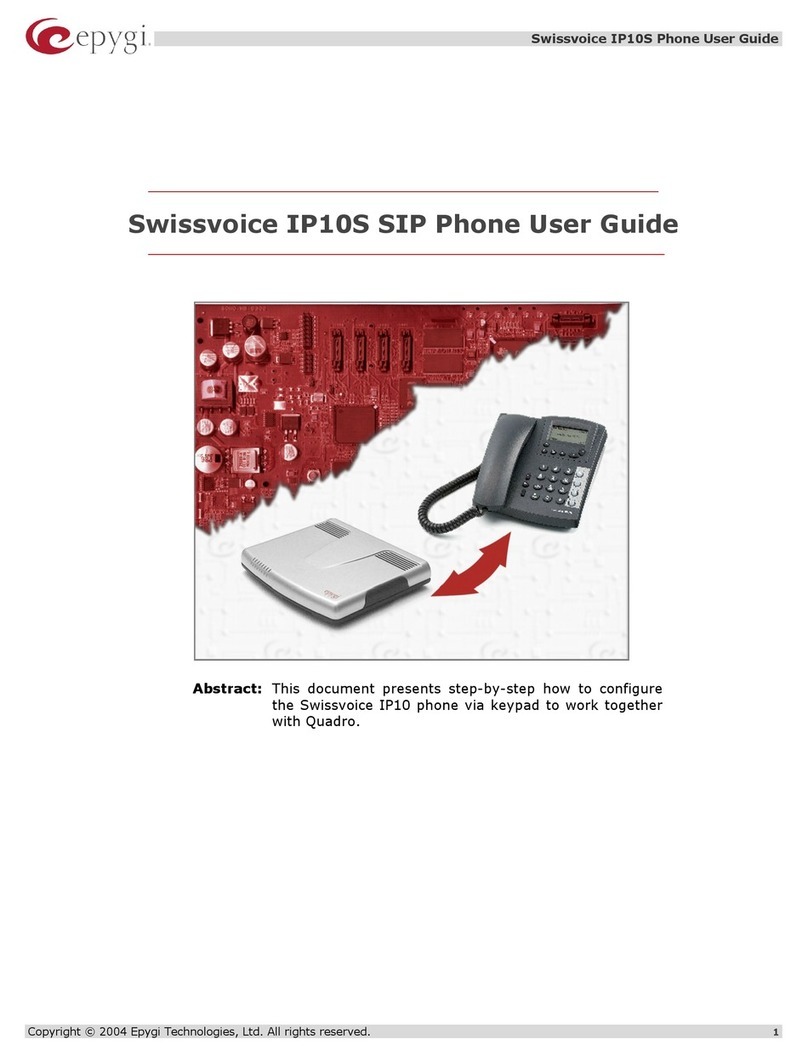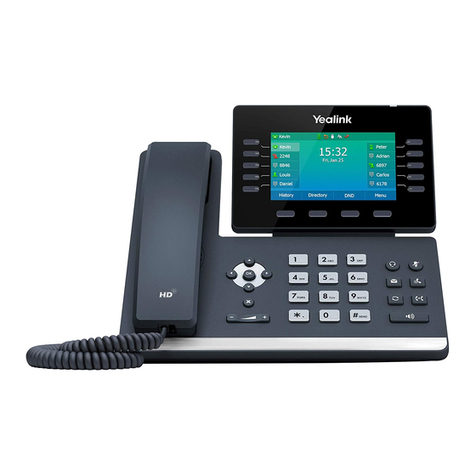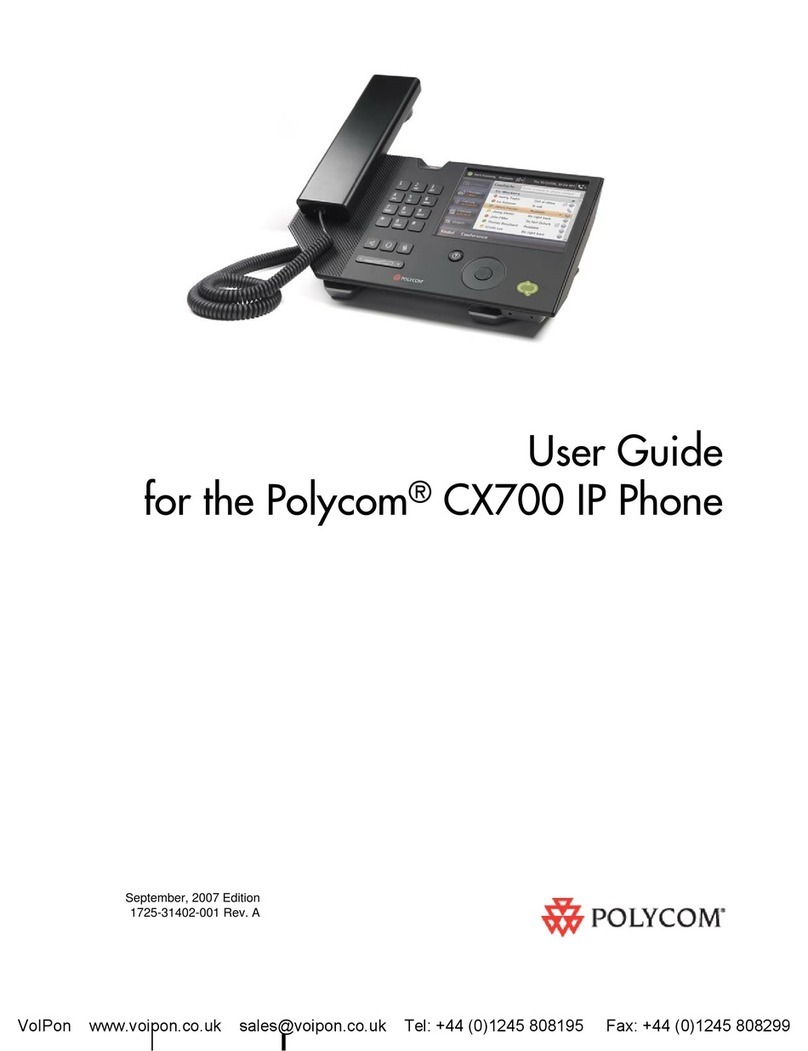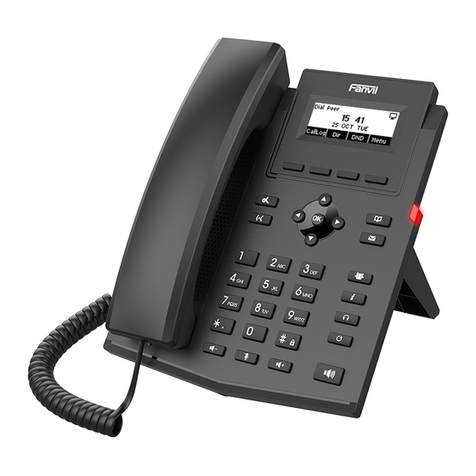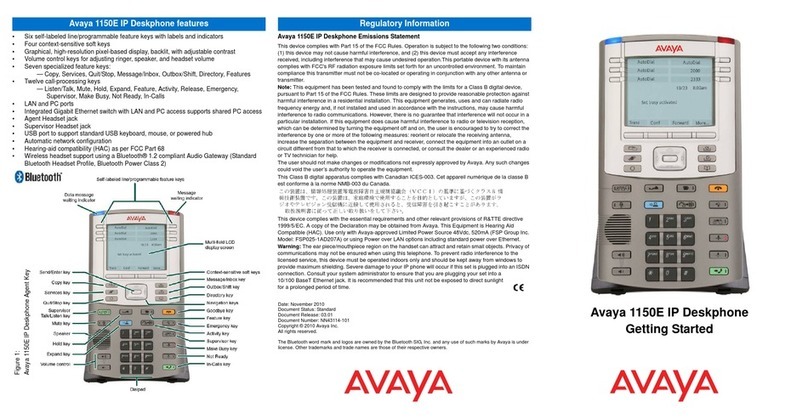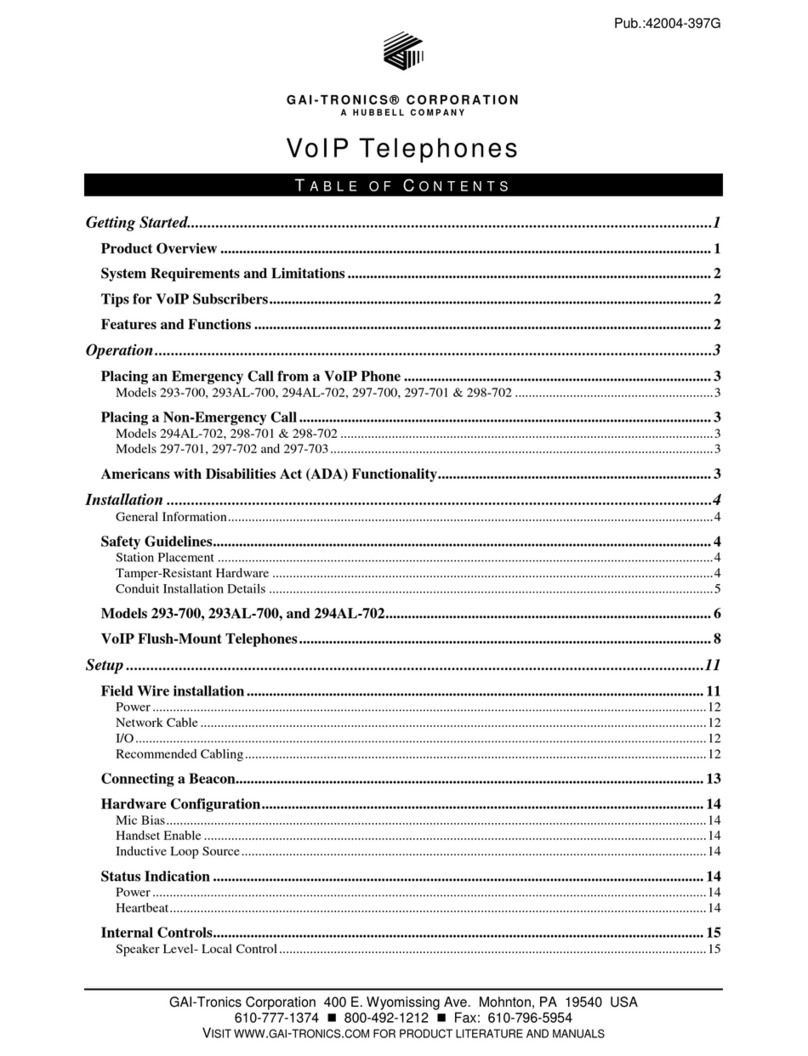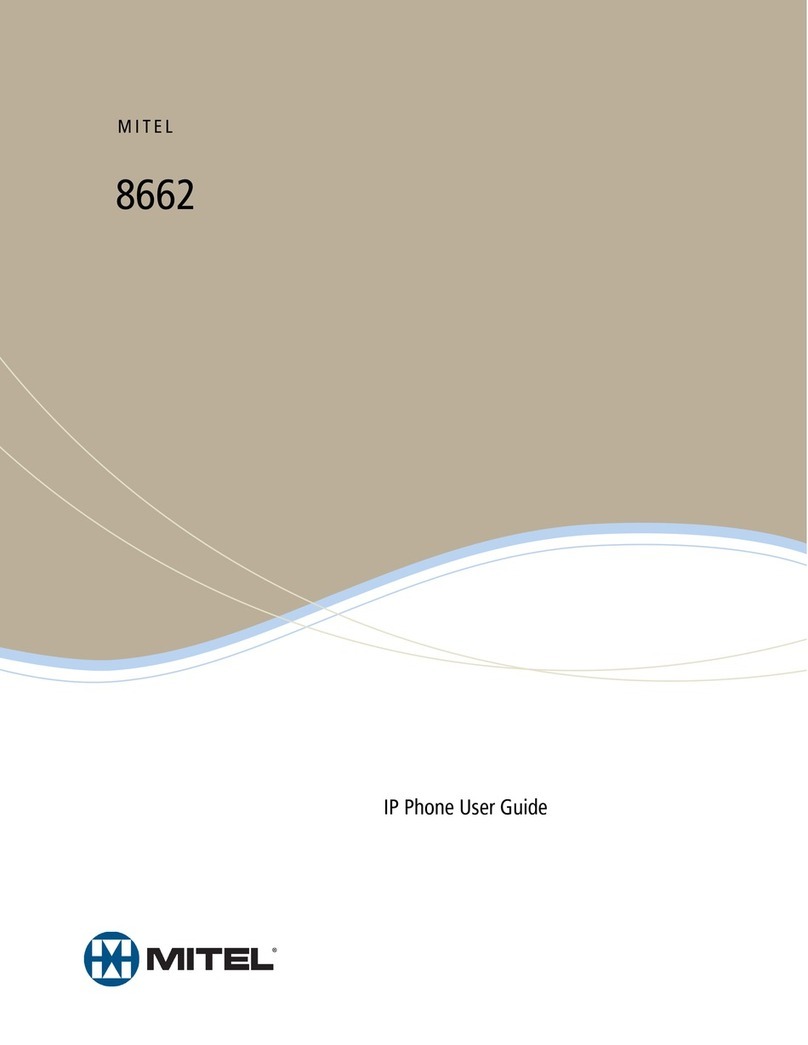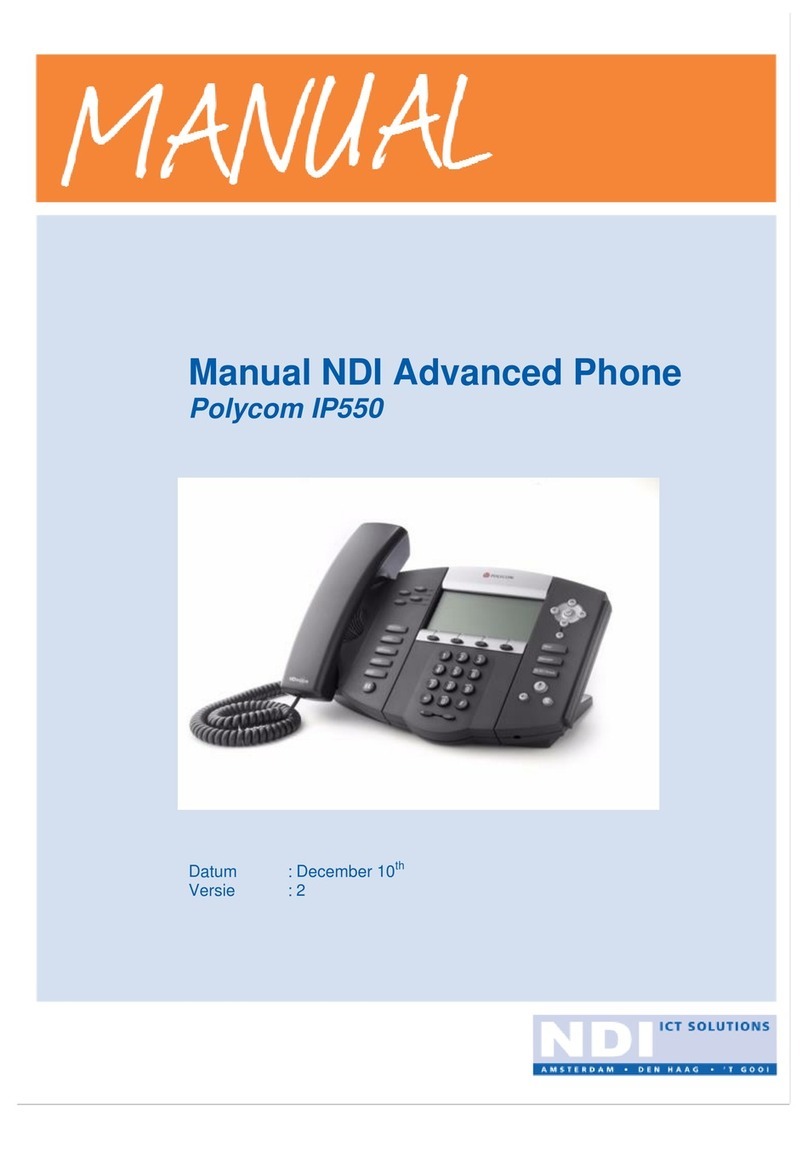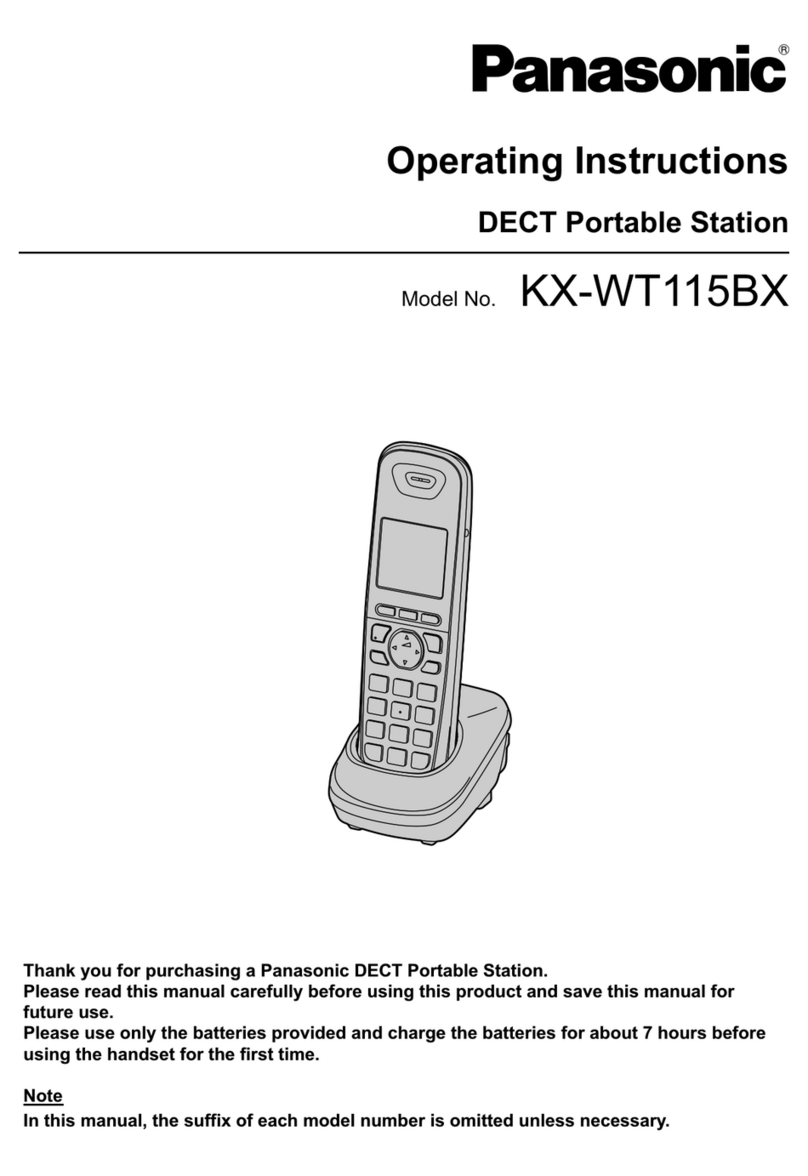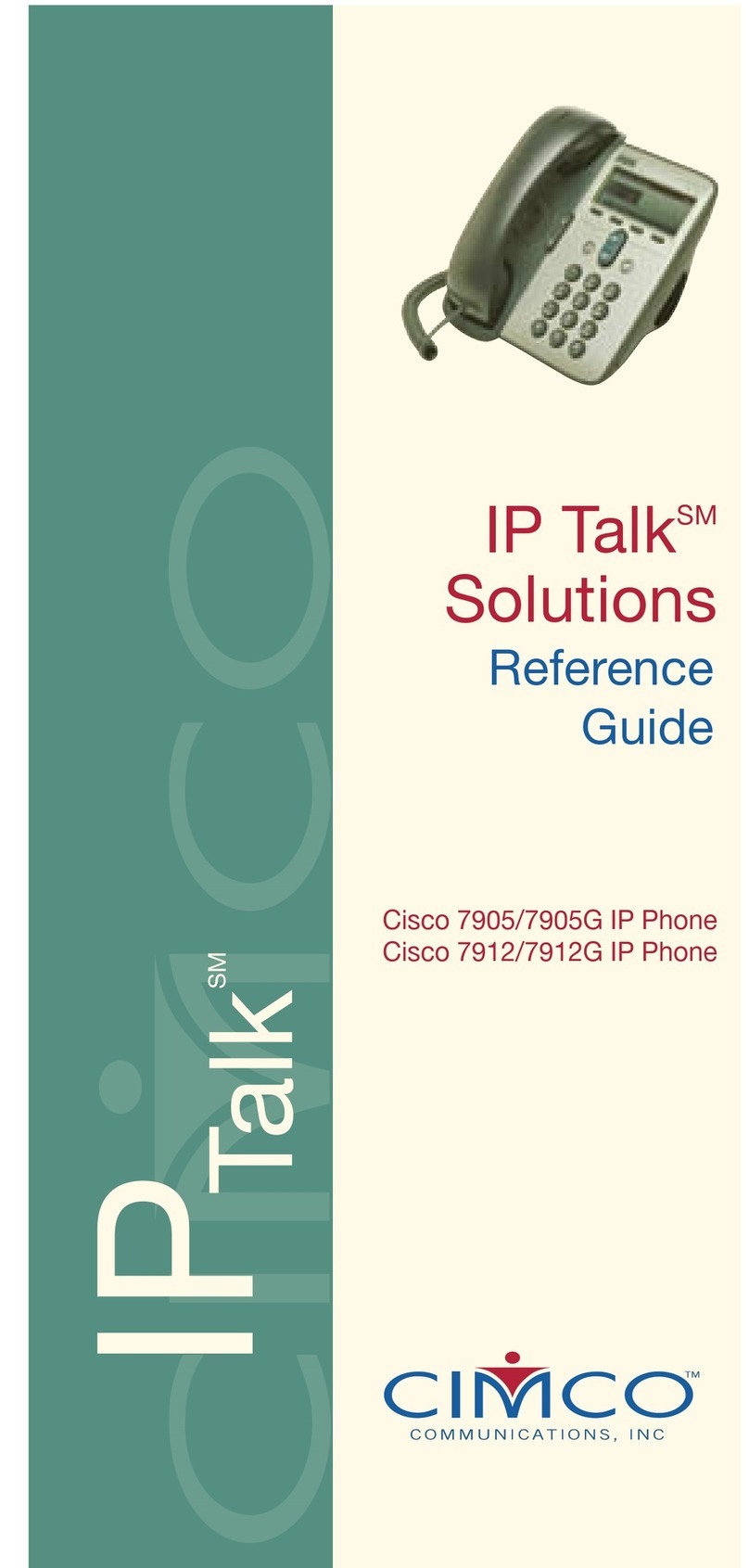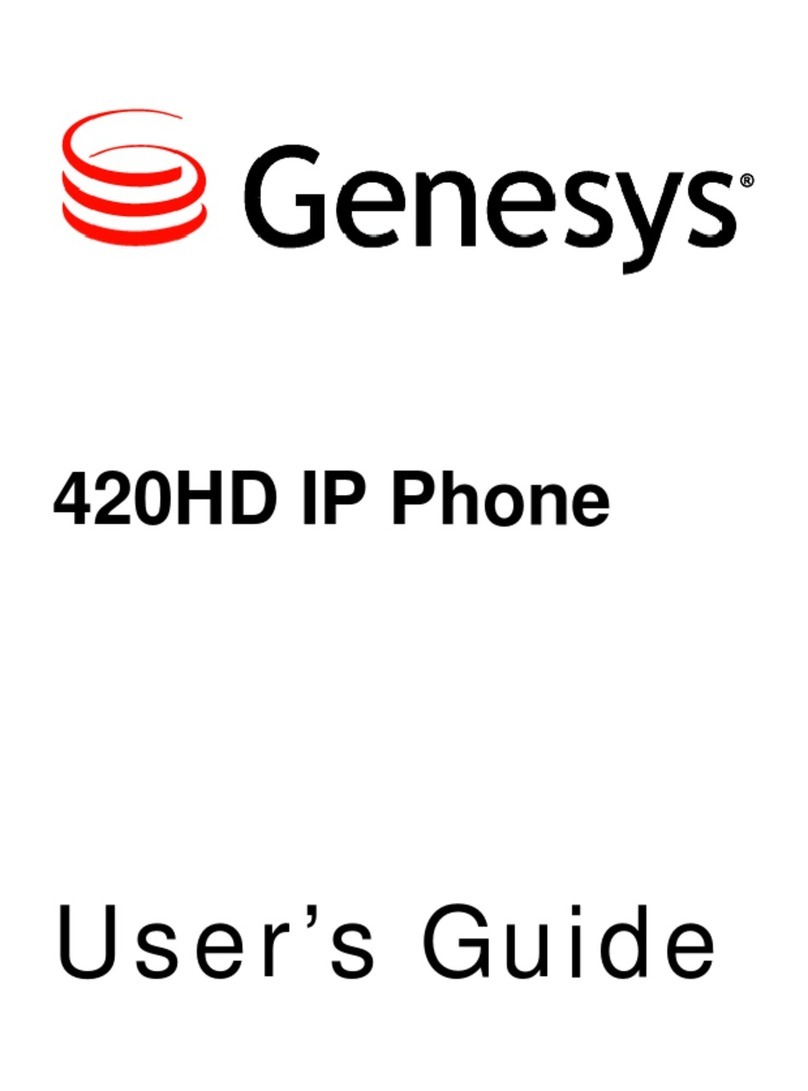Bosslan BOSST60 User manual

BOSST60 User Manual
1/1
BOSST60 User Manual

BOSST60 User Manual
2/2
1. BOSST60 Features................................................................................................... 4
1.1 Appearance....................................................................................................................... 4
1.2 Interface............................................................................................................................. 4
1.3 Software............................................................................................................................. 4
1.4 Standard and Protocols................................................................................................... 5
1.5 Compliant Standard.......................................................................................................... 5
1.6 Operating requirement..................................................................................................... 5
1.7 Package............................................................................................................................. 6
1.8 Installation.......................................................................................................................... 7
2. Web Configuration .................................................................................................... 8
2.1 Access Web setting page................................................................................................ 8
2.2 Current state...................................................................................................................... 9
2.3 Network............................................................................................................................ 10
2.3.1 Wan Config.................................................................................................10
2.3.2 LAN Config .................................................................................................11
2.4 VoIP .................................................................................................................................. 12
2.4.1 SIP Config...................................................................................................12
2.5 Advance........................................................................................................................... 14
2.5.1 DHCP Server..............................................................................................14
2.5.2 NAT.............................................................................................................15
2.5.3 Net Service.................................................................................................16
2.5.4 Firewall settings..........................................................................................17
2.5.5 QoS settings...............................................................................................19
2.5.6 Advance SIP settings .................................................................................20
2.5.7 Digital Map..................................................................................................22
2.5.8 Call Service Settings ..................................................................................23
2.5.9 MMI Filter....................................................................................................25
2.5.10 Audio Settings.............................................................................................26
2.6 Dial-Peer Settings .......................................................................................................... 27
2.7 Config Manage................................................................................................................ 28
2.8 Update.............................................................................................................................. 29
2.9 System Manage.............................................................................................................. 31
2.9.1 Account Manage.........................................................................................31
2.9.2 Phone Book:...............................................................................................31
2.9.3 Syslog Config:.............................................................................................31
2.9.4 Time Set:.....................................................................................................31
2.9.5 Reboot: .......................................................................................................31
3Use keypad configure BOSST60 IP phone......................................................... 32
3.1 Keypad function.............................................................................................................. 32
3.2 Keypad Menu.................................................................................................................. 33
4Telnet Console......................................................................................................... 36
4.1 Introduce.......................................................................................................................... 36

BOSST60 User Manual
3/3
4.2 Global Command............................................................................................................ 37
4.3 Tree Structure ................................................................................................................. 38
4.4 Network Diagnosis ......................................................................................................... 47
4.5 Restore to factory default.............................................................................................. 47
5POST Mode(safe mode)........................................................................................ 48
6FAQ............................................................................................................................ 49
6.1 How many servers may BOSST60 register simultaneously?.................................. 49
6.2 Why the settings vanish after reboot?......................................................................... 49
6.3 How to use the dial rule?............................................................................................... 49
6.4 How to use speed dial function?.................................................................................. 50
6.5 How to configure digital map?...................................................................................... 50
6.6 How to use Call Forward, Call Transfer and 3-way Conference calls?.................. 50
6.7 How to use the record function?.................................................................................. 52
6.8 How to use set the IP type via keypad?...................................................................... 53

BOSST60 User Manual
4/4
1. BOSST60 Features
1.1 Appearance
1.2 Interface
Power: Output Power:12VDC,500mA.
WAN: RJ45 port.
LAN: RJ45 port.
1.3 Software
Support two sip accounts at the same time.
Redundancies server support.
NAT, Firewall.
DHCP client and server.
Support PPPoE, (used for ADSL, cable modem connecting).
Support major G7.xxx CODEC.
VAD,CNG.

BOSST60 User Manual
5/5
G.168 compliant 32ms echo cancellation
Tone generation and Local DTMF re-generation according with ITU-T
E.164 dial plan and customized dial rules
Hotline.
Speed Dial
Call Forward, Call Transfer, 3-way conference calls
Record
Caller ID display
DND(Do Not Disturb),Black List,Limit List
Upgrade firmware through FTP, TFTP or HTTP,.
Web management.
Telnet remote management.
adjustable user password and super password
1.4 Standard and Protocols
IEEE 802.3 /802.3 u 10 Base T / 100Base TX
PPPoE: PPP Protocol over Ethernet
DHCP Client and Server: Dynamic Host Configuration Protocol
G.711 u/a; G729, G7231 5.3/6.3 audio Codec
SIP RFC3261, RFC 2543
TCP/IP: Internet transfer and control protocol
RTP: Real-time Transport Protocol
RTCP: Real-time Control Protocol
VAD/CNG save bandwidth
Telnet: Internet's remote login protocol
DNS: Domain Name Server
TFTP: Trivial File Transfer Protocol
HTTP: Hyper Text Transfer protocol
FTP: File Transfer protocol
1.5 Compliant Standard
CE:EN55024,EN55022
FCC part15
RoHS
1.6 Operating requirement
●Operation temperature: 0 to 40° C (32° to 104° F)
●Storage temperature: -30° to 65° C (-22° to 149° F)
●Humidity: 10 to 90% no dew

BOSST60 User Manual
6/6
1.7 Package
Size: 338×220×85mm
Packing List
BOSST60 IP phone
Power adaptor (out put 12v ,500mA)
Manual CD

BOSST60 User Manual
7/7
1.8 Installation
Use ethernet cable to connect BOSST60’s LAN port and your computer. Set your
computer’s ip to the network 192.168.10.x or using dynamic obtain IP. Open your
web browser and key in 192.168.10.1. Then you will see the logon page of
BOSST60, the default username and password is admin/admin for administrator
and guest/guest for guest.
Set up page for VoIP use only:

BOSST60 User Manual
8/8
2. Web Configuration
2.1 Access Web setting page
Enter BOSST60 IP address in the web browser and press ENTER to go to the log
on page, and key in the username and password to access BOSST60 setting
page.
Default username and password is:
Administrator: Username: admin password: admin
User: Username: guest Username: guest

BOSST60 User Manual
9/9
2.2 Current state
This page shows BOSST60’s running state.
Network shows the WAN and LAN port connecting state and current settings.
VoIP part show the working state of VoIP, you can see whether BOSST60 has
registered the public sip server or H323 server.
Phone Number shows the H323, public sip and private sip phone numbers.

BOSST60 User Manual
10/10
2.3 Network
2.3.1 Wan Config
WAN port network setting page.
Support static IP, dynamic obtain IP and PPPoE.
Configure Static IP:
----Enable Static;
----Set BOSST60’s IP address in the IPAddress;
----Set netmask in the Netmask field;
----Set router IP address in the Gateway;
----DNS Domain:
----Set local DNS server in the Preferred DNS and the Alternate DNS
Configure to dynamic obtain IP
----Enable DHCP;
If there is DHCP server in your local network, BOSST60 will automatically obtain WAN
port network information from your DHCP server.
Configure PPPoE:
----Enable PPPoE
----PPPoE server: Enter “ANY” if no specified from your ITSP.
----Enter PPPoE username and pin in the username and password.
BOSST60 will automatically obtain WAN port network information from your ITSP if
PPPoE setting and the setup are correct.
Notice: If user accesses the IP phone through WAN port. He/She should use the new IP
address to access the IP phone when the WAN port address was changed.

BOSST60 User Manual
11/11
2.3.2 LAN Config
Bridge Mode: Enable this option to switch to bridge mode. IP phone won’t
assign IP for its LAN port in bridge mode and its LAN and WAN port will be in the
same network. (This setting won’t take effect unless you save the config and
reboot the device)
IP,Netmask: Set the IP and Netmask for the LAN
DHCP Server: Enable DHCP service in LAN port
NAT: Enable NAT.
Highest Priority of Voice Quality: Enable this option to guarantee voice quality. If
there is high flux in the LAN port, BOSST60 will limit the stream rate.

BOSST60 User Manual
12/12
2.4 VoIP
2.4.1 SIP Config
Setting page of public SIP server:
Register Server Addr: Register address of public SIP server
Register Server Port: Register port of public SIP server
Register Username: Username of your SIP account (Always the same as the
phone number)
Register Password: Password of your SIP account.
Proxy Server Addr: IP address of proxy SIP server (SIP provider always use
the same IP for register server and proxy server, in this case you don’t need to
configure the proxy server information. )
Proxy Server Port: Signal port of SIP proxy
Proxy Username: proxy server username
Proxy Password: proxy server password
Domain Realm: SIP domain, enter the sip domain if any, otherwise
BOSST60 will use the proxy server address as sip domain.
Local SIP port: Local SIP register port, default 5060
Phone Number: Phone number of your SIP account
Register Expire Time: register expire time, default is 600 seconds. BOSST60
will auto configure this expire time to the server recommended setting if it is
different from the SIP server.
Detect Interval Time: Co-work with the Auto Detect Server, if Auto Detect
Server is enable, BOSST60 will periodically detect if the SIP server is available
according this setting.

BOSST60 User Manual
13/13
RFC Protocol Edition: Current BOSST60 SIP version. Set to RFC 2543 if the
gate need to communicate to devices (such as CISCO5300) using the SIP 1.0.
Default is RFC 3261.
Enable Register: Enable/Disable SIP register. BOSST60 won’t sent register
info to SIP server if disable register.
DTMF Mode: DTMF signal sending mode: support RFC2833, DTMF_RELAY
(inband audio) and SIP info
Auto Detect server: co-work with Server Auto Swap and Detect Interval Time.
Enable this option, BOSST60 will periodically detect whether the public SIP
server is available, if the server is unavailable, the BOSST60 will switch to the
back-up SIP sever, and continue detecting the public sip server. BOSST60 will
switch back to the primary SIP server if the server is available again.
Server Auto Swap: Please refer to Auto Detect server for detail.
SIP(Default Protocol): Use SIP protocol as Default Protocol.

BOSST60 User Manual
14/14
2.5 Advance
2.5.1 DHCP Server
DHCP server manage page.
User may trace and modify DHCP server information in this page.
DNS Relay: enable DNS relay function.
User may use below setting to add a new lease table.
Lease Table Name: Lease table name.
Lease Time: DHCP server lease time.
Start IP: Start IP of lease table.
End IP: End IP of lease table. Network device connecting to the BOSST60
LAN port can dynamic obtain the IP in the range between start IP and end IP.
Netmask: Netmask of lease table.
Gateway: Default gateway of lease table
DNS: default DNS server of lease table.
Notice: This setting won’t take effect unless you save the config and reboot the
device

BOSST60 User Manual
15/15
2.5.2 NAT
Advance NAT setting. Maximum 10 items for TCP and UDP port mapping.
H323 ALG: Enable/Disable H323 ALG;
IPSec ALG: Enable/Disable IPSec ALG;
FTP ALG: Enable/Disable FTP ALG;
PPTPALG: Enable/Disable PPTPALG;
Transfer Type: Transfer type using port mapping.
Inside IP: LAN device IP for port mapping.
Inside Port: LAN device port for port mapping.
Outside Port: WAN port for port mapping.
Click Add to add new port mapping item and Delete to delete current port mapping
item.

BOSST60 User Manual
16/16
2.5.3 Net Service
HTTP Port: configure HTTP transfer port, default is 80.User may change this port
to enhance system’s security. When this port is changed, please use
http://xxx.xxx.xxx.xxx:xxxx/ to reconnect.
Telnet Port:configure telnet transfer port, default is 23.
RTP Initial Port: RTP initial port.
RTP Port Quantity: Maximum RTP port quantity, default is 200
Notice:
Settings in this page won’t take effect unless save and reboot the device.
If you need to change telnet port or HTTP port, please use the port greater than
1024, because ports under 1024 is system remain ports.
HTTP service if HTTP is set to 0.

BOSST60 User Manual
17/17
2.5.4 Firewall settings
Firewall setting page. User may set up firewall to prevent unauthorized Internet
users from accessing private networks connected to the Internet (input rule), or
prevent unauthorized private network devices to access the internet.
Access list support two type limits: input_access limit or output_access limit. Each
type support 10 items maximum.
BOSST60 firewall filter is base WAN port. So the source address or input
destination address should be WAN port IP address.
Configuration:
in_access enable enable in_access rule
out_access enable enable out_access rule
Input/Output: specify current adding rule is input rule or output rule.
Deny/Permit: specify current adding rule is deny rule or permit rule.
Protocol Type: protocol using in this rule: TCP/IP/ICMP/UDP.
Port Range: port range if this rule
Src Addr: source address. Can be single IP address or network address.
Dest Addr: destination address. Can be IP address or network address.
Src Mask: source address mask. Indicate the source is dedicate IP if set to
255.255.255.255. Otherwise is network ID

BOSST60 User Manual
18/18
Des Mask: Destination address mask. Indicate the source is dedicate IP if set
to 255.255.255.255. Otherwise is network ID

BOSST60 User Manual
19/19
2.5.5 QoS settings
BOSST60 IP phone implement QoS based on 802.1p, The QoS is used to mark
the network communication priority in the data link/MAC sub-layer. BOSST60 will
sorted the packets using the QoS and sends it to the destination.
QoS Enable: Enable QoS service.
QoS Table Include: enable include QoS table, BOSST60 will only provide QoS
service to the network address included in the QoS table. Disable the option.
BOSST60 provides QoS service to the network address outside the QoS table.
QoS Table Item: user can set the QoS Table using IP and Netmask. the IP can be
network address or dedicate IP address (set netmask to 255.255.255.255)
Delete QoS Table: enter the IP/Netmask configure and select delete to delete
corresponding item.

BOSST60 User Manual
20/20
2.5.6 Advance SIP settings
This page is used to set the private sip server, stun server, and back up sip server
information.
STUN Server setting:
STUN Server Addr: configure stun server address;
STUN Server Port: configure stun server port default 3478
STUN Effect Time: stun detect NAT type circle, unit: minute.
Enable SIP STUN: enable/disable stun.
Public Alter Register:Public Alter server provide redundancy for the public server,
if the public server is unavailable, BOSST60 will use the alter server, and switch
back to the public server when it is available. Account setting in public alter setting
should be the same as the public server.
Please refer to SIP_Config for the setting for how to set the public alter server.
Other manuals for BOSST60
2
Table of contents
Other Bosslan IP Phone manuals
